“All we have to decide is what to do with the time that is given us.” J.R.R. Tolkien
Imagine that you are asked to convert die-hard lecturers into facilitative trainers. Imagine that you only have three hours to do this. What content and activities would you use to introduce and model the facilitation of interactive learner-centered training?
That was a challenge I recently had to meet. I’ll tell you what I did, then you can tell me if you would have handled it differently.
The room was set for accelerated learning, with colorful kites on the walls, glitter wands and koosh balls on the table, and bowls of candy.
I began by asking common ground questions, which had them raise their hands if a statement was true for them. This primed the pump, getting them used to participating.
Then we did a pair share. Seasoned trainers were asked to share what they wished they had known when they just starting training. The less seasoned trainers were invited to ask questions they had always wanted to ask a seasoned trainer. Both groups intermixed to have these conversations and create new table teams. This was the first time the participants were standing to do an activity.
Next, after reviewing the agenda, I referred the group to flip charts on which I’d written the learning objectives. The participants were given stickers and told to place them next to the three learning objectives they considered most important for them. This was the second time the participants stood to do an activity. Then I validated the objectives that received the greatest number of stickers, while assuring the group that we would also address all of the other objectives.
They introduced themselves and we moved into a third standing activity. They formed two groups to brainstorm and post their answers on a flip chart. The question: “What are the characteristics of an effective learning program?” Before they began, I asked them why I called it a “learning” program instead of a “training” program. That elicited a good discussion and laid the groundwork for the idea that “training” is about the learners, not the presenters.
Once they reported the results of their brainstorming, I introduced Dr. Madeline Hunter’s three decisions that a trainer makes to increase the probability that learning will occur and will be applied: content (what they’ll learn), learner activities (how they’ll learn and demonstrate their learning), and trainer activities (group facilitation and stand up presentation skills). We reviewed their lists to categorize them and discovered that both content and learner activities had been given short shrift, with most of the list items relating to trainer activities. That opened their eyes.
Their lists were also compared with learning design pointers and principles of adult learning, to reinforce the idea of actively engaging adults in the learning process.
The importance of learning activities was further demonstrated by looking at what I call the building blocks of learning (Bloom’s Taxonomy). They realized that lecture only achieves knowledge. Many of the participants talked about having trouble telling if their audiences had learned anything. Using activities to check comprehension made sense to them, as did application activities for skill-building content.
We tested their learning assumptions about meaning, previous practice, sequence and meaning using a memory game. That helped them realize that the brain can only absorb so much at one time- and that they had been overloading their audiences. It also allowed them to experience the impacts of positive transfer and negative transfer.
Finally, we looked at different learning preferences, posting their ideal learning activities on a flip chart to reinforce the need for variety to satisfy different learners. (Yes, I know what the research says, but my own experience shows that some people really do have a preference.) They then applied what they had learned by working in groups to recommend different learning activities to teach a topic from a technical training program.
Throughout the session, I had the participants first experience the learning activities and then discuss the reason for each activity.
Then my three hours were up. My role morphed into serving as an emcee for a technical expert as he modeled how to facilitate learning activities in the technical training program.
I’d love to know how you would have handled those three hours.
May your learning be sweet.
Deborah





